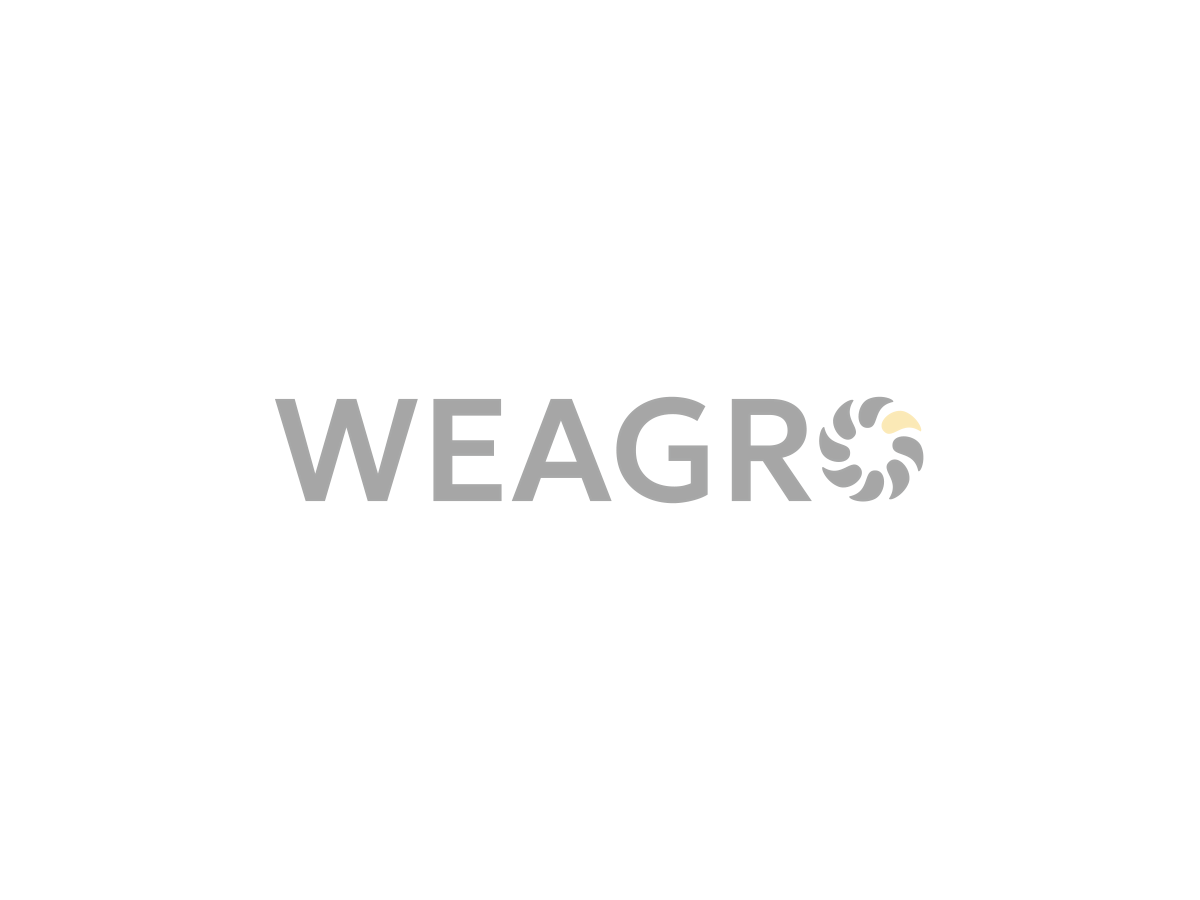Payment gateways have become an effective solution for modern e-commerce, allowing businesses to securely accept online transactions from customers. This article will reveal the essence of these models, their functions, advantages, and operating principles. The information will be useful for both online store owners planning to implement online payments and anyone interested in electronic payments.
What is a Payment Gateway
A payment gateway is a specialized service that acts as an intermediary between an online store, buyer, and bank during online transactions. Thanks to this approach, after entering card details on the website, funds are deducted from the customer’s account and transferred to the seller.
The first solutions appeared in the 1990s with the development of internet banking and commerce. In 1994, Cybercash was founded, creating online transaction processing technology. In 1998, PayPal was launched, which later became the world’s most popular online financial transaction service.
Today, payment models are used worldwide. According to research, in 2023 the market size was $25.7 billion. It is expected to grow to $98.1 billion by 2029, with an average annual growth rate of 25.1%. This is driven by the rapid development of e-commerce and the increasing share of cashless payments.
Modern models support various card types – Visa, Mastercard, American Express. They ensure compliance with international PCI DSS security standards. These standards establish requirements for card data storage, transmission, and processing.
The term “payment gateway” is sometimes used in a broader sense, encompassing the entire software complex for accepting online transactions. In this case, it may include not only the gateway itself but also anti-fraud monitoring systems, forms, and transaction management tools.
By deployment type, solutions are divided into two main categories:
- hosted – located at the provider, where the client is redirected to enter card details;
- self-hosted – integrated directly with the merchant, where data is entered without redirecting to third-party resources.
Hosted models are simpler to set up and require minimal technical resources from the merchant. However, in this case, the customer leaves the store’s website to make payment. Self-hosted solutions allow for a seamless user experience but require more effort for integration and security assurance.
Read also: Transforming Financial Technologies Through Embedded Solutions
How a Payment Gateway Works

The payment gateway process includes several stages and participants:
- The buyer selects a product, adds it to cart, and clicks the “Pay” button.
- A form opens where bank card details must be entered: number, expiration date, CVV code.
- The gateway encrypts the received information and transmits it to the acquiring bank.
- The acquiring bank sends a request to the international payment system (e.g., Visa or Mastercard).
- The system connects with the customer’s card-issuing bank to verify and confirm the payment.
- The issuing bank checks the availability of funds in the client’s account and confirms the transaction.
- The system sends confirmation to the acquiring bank.
- The acquiring bank notifies the gateway about the successful completion of the transaction.
- The payment gateway informs the online store about the order payment, and the client sees a successful payment message.
The entire process takes place within seconds. The payment gateway ensures data security through encryption and compliance with PCI DSS – international requirements for processing bank card information.
Payment Gateway Functions
Main functions of payment gateways:
- accepting payments from Visa, Mastercard, and other bank cards;
- verifying the availability of funds in the client’s account;
- encrypting bank card data before transmission;
- processing payments in different currencies;
- protection against fraudulent transactions;
- storing customer card data for recurring payments;
- providing tools for transaction management and report generation;
- integration with accounting and CRM systems.
Modern solutions offer several additional features aimed at improving conversion rates and payment convenience:
- Card Storage. Allows customers to save their data in the system for quick future purchase transactions without re-entering details. This is especially convenient for regular operations.
- One-Click Payment. Enables registered customers who have already entered their card details to make payments. This significantly speeds up operations and reduces the number of incomplete transactions.
- Alternative Payment Methods Support. Many models allow accepting not only cards but also payments through electronic money systems (PayPal, Webmoney, etc.), QR codes.
- Payment Links. The ability to create a unique link that can be sent to clients via messenger, email, or SMS to process a transaction. This is convenient for processing invoices and phone orders.
- Recurring Payments. Automatic deduction of funds from the client’s card for subscriptions or services with periodic payments. The system stores data and processes transactions according to a set schedule without client intervention.
- Forms and Widgets. Ready-made solutions that can be easily integrated into a website or application without additional setup. This allows quick implementation of payment acceptance without development costs.
- Multi-currency Support. The ability to receive payments in different currencies. This is important for online businesses operating in the international market. Customers can pay in their local currency, while the store receives the equivalent in their preferred currency.
- Loyalty Program Integration. Some systems can connect to bank cashback programs. This allows customers to pay with bonus points and receive additional discounts.
- Subscription Management. The ability to create flexible subscription plans with various options (trial periods, variable amounts, limits, etc.) and manage subscriptions: upgrade/downgrade, pause, etc.
- Invoice Management. Generation, sending, and tracking of invoices, payment status control. This is relevant for B2B, where transactions often occur on post-payment terms with issued invoices.
- Pre-authorization. The ability to block an amount on the client’s card without immediate charging, with the actual charge occurring later (for example, during actual product shipment). This is convenient for hotels, car rentals, and other services where the final amount may differ from the initial one.
- Secure Online PIN Entry. For some card types (e.g., Maestro) that require PIN entry during online payment. There are solutions that allow this directly on the form without using a physical POS terminal.
- QR Code Payments. The ability to generate a QR code for order payment. The client scans it through mobile banking and confirms the operation in the application.
- Chat Bot Payments. Transactions directly in messengers and chatbots. The client selects and pays for goods without leaving the application they are using.
The set of functions varies depending on the specific provider and tariff plan. Therefore, it’s important to study the available options and choose a solution that best meets the needs and scale of the business.
Advantages and Disadvantages of Payment Gateways
Advantages of using payment gateways:
- ability to accept online payments 24/7 without holidays;
- fast transaction processing – usually within seconds;
- high level of security through encryption and anti-fraud systems;
- convenience for customers – no need to navigate to other sites for payment;
- support for payments in different currencies and alternative methods;
- automation of transaction processing, possibility of integration with accounting systems.
The main disadvantage of these systems is additional business expenses in the form of commission on each transfer (usually 2.5-3.5% of the amount). Additionally, implementation requires extra technical setup on the website. However, these limitations are compensated by the advantages and expanded sales opportunities.
How to Choose the Best Payment Gateway
When choosing a gateway for an online store, several factors should be considered:
- supported payment methods – which card systems, as well as alternative methods;
- available currencies for payment and fund settlement;
- transaction commission size and other expenses;
- integration possibilities with platforms and systems used on the site;
- availability of necessary functions – recurring payments, card storage, forms;
- provider reliability, speed and quality of technical support;
- payment amount limits and fund settlement terms;
- anti-fraud protection and compliance with security standards;
- payment form localization in required languages.
The best solution is one that best matches the needs, scale, and specifics of the business while providing the necessary set of functions at an acceptable price. Many providers offer a trial period or demo access to test the model’s operation before signing a contract.
Read also: Open Banking in Ukraine: Challenges and Prospects
Payment Gateways in Ukrainian Agribusiness
The agricultural sector shows high digitalization rates, and more agribusiness companies are implementing modern fintech solutions. This allows farmers to automate processes, increase sales through online channels, and optimize financial flows.
Thus, platforms for the agricultural sector implement solutions that allow farmers to easily pay for seeds, fertilizers, plant protection products, and agricultural machinery. Payments for forward contracts and agrarian receipts are also processed through payment gateways.
For example, on the WEAGRO service, agricultural producers can buy agricultural goods on installment, and suppliers can sell their products and services online. Farmers pay for agricultural installments quickly and safely, and partners receive funds to their account.
Security and Payment Gateway
Online payment security is a priority for systems. They use a complex of measures to protect user data:
- information encryption during transmission using SSL/TLS protocols;
- tokenization – replacing actual card data with a unique digital identifier;
- two-factor user authentication through 3D Secure;
- anti-fraud transaction monitoring and suspicious payment blocking;
- compliance with PCI DSS standards;
- regular security checks and vulnerability testing.
These measures make online payments maximally secure. However, users should also follow security rules: make payments only on verified sites, not share card details with third parties, use complex passwords, and update antivirus software.
Conclusion
Payment gateways play a key role in e-commerce development. They provide a convenient and secure way to accept payments on websites, expand payment options for customers, and simplify transaction processing for businesses. Thanks to advanced encryption technologies and multi-level anti-fraud protection, solutions guarantee a high level of online payment security.
WEAGRO offers a modern solution for agribusiness with agricultural installment support. This allows farmers to buy goods and suppliers to sell their products online and receive payment quickly.









